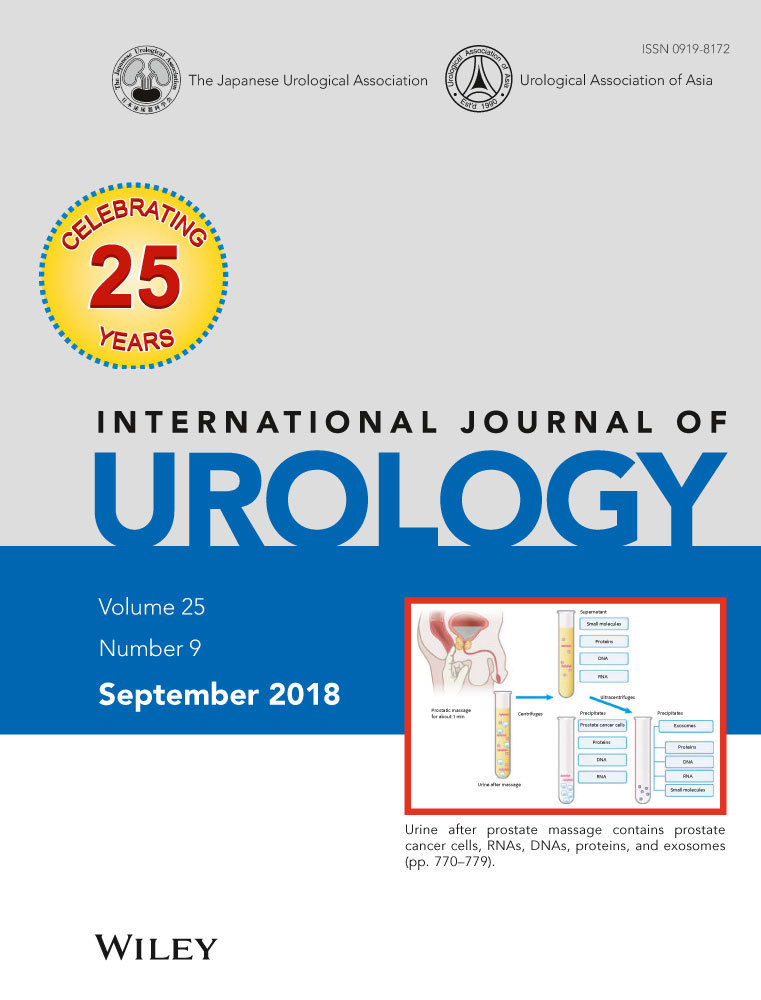Assessing perioperative, functional and oncological outcomes of patients with imperative versus elective indications for robot-assisted partial nephrectomy: Results from a high-volume center
Abstract
Objective
To determine the impact of imperative or elective indications on the perioperative, functional and oncological outcomes of patients undergoing robot-assisted partial nephrectomy.
Methods
Between June 2006 and September 2016, data of patients who underwent robot-assisted partial nephrectomy at the Onze-Lieve-Vrouwziekenhuis Hospital in Aalst, Belgium, were retrospectively reviewed from a prospectively collected database. Only patients with non-metastatic, clinical T1–T2 graded tumors were included. Perioperative, functional and oncological outcomes were recollected. A comparative analysis was carried out after dividing patients into two groups: those who underwent robot-assisted partial nephrectomy for an elective indication (group 1, n = 194), and for an imperative indication (group 2, n = 57) caused by a solitary kidney (n = 20), impaired renal function (n = 2) or both (n = 35).
Results
Patients in group 2 were older (74 vs 71 years, P < 0.001), and had a higher Charlson Comorbidity Index (P < 0.001) and American Society of Anesthesiologists score (P < 0.001). No differences were observed concerning laterality, sex, preoperative aspects and dimensions used for an anatomical score or clinical stage. Surgical outcomes considering estimated blood loss, surgical time, ischemia time and transfusion rate showed no significant difference between groups. The complication rate according to Clavien–Dindo showed no difference between groups (P = 0.6). No difference was found between groups with regard to percentage decrease of estimated glomerular filtration rate (7.4 vs 4.8%, P < 0.15).
Conclusions
Robot-assisted partial nephrectomy can be safely and effectively carried out by experienced surgeons in a high-volume center with similar perioperative, functional and oncological outcomes for both elective or imperative indications.
Conflict of interest
None declared.




